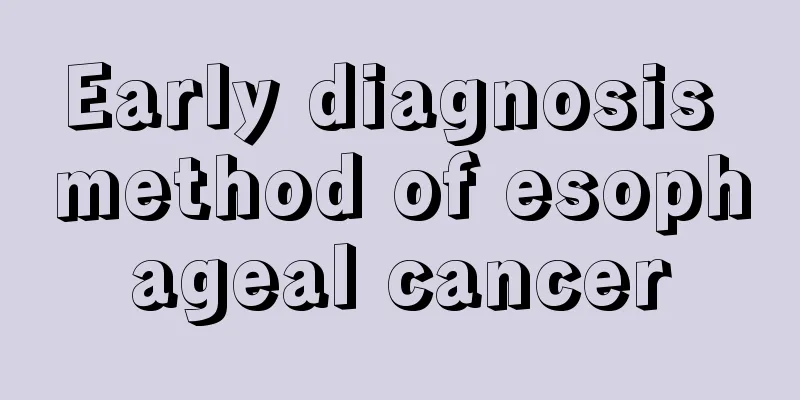Early diagnosis method of esophageal cancer

|
The most basic investigation for any patient complaining of dysphagia is an esophageal radiograph. Esophageal cancer is typically characterized by a rough, turbid mucosa and a narrow lumen. Unlike benign esophageal obstruction, patients with esophageal cancer usually do not present with dilatation proximal to the obstruction. Esophageal radiographs are also helpful in diagnosing patients in question. The exact role of CT and MRI remains controversial but can help identify extraesophageal invasion. CT is helpful for preoperative staging of esophageal cancer, but its role as an indicator of resectability is not well established. Increasing experience suggests that esophageal endoscopic ultrasound may be more valuable for staging than other methods and may be a better predictor of survival. When cancer is suspected clinically, an esophageal examination should be performed. The use of optical fibers has made this examination very simple, and a biopsy can be performed through an esophagoscopy to obtain histological results. Patients with upper esophageal cancer in the chest near the tracheal carina should undergo both esophagoscopy and tracheoscopy to determine whether the cancer has invaded the trachea or bronchi. During esophagoscopy, ultravital staining technology is used to help identify the biopsy site. The stains used are iodine (Lugol's solution), toluidine blue, and sodium indigo disulfonate. Additional brush examinations of patients who may have esophageal cancer can provide data for histological studies. Another technique is to use radioactive isotopes for Tumor scans, in which esophageal cancer cells selectively absorb certain substances, such as gallium or cobalt-7-bleomycin, can help with early diagnosis.1. Clinical examination The most common complaint of patients with esophageal cancer is dysphagia. The usual initial manifestation is difficulty swallowing large pieces of food, followed by difficulty swallowing soft food, and finally difficulty swallowing even liquids. Weight loss, food regurgitation, and aspiration pneumonia may occur. Patients without dysphagia mainly present with odynophagia and gastroesophageal reflux. Some patients have a small amount of blood loss, but large blood loss is uncommon. Symptoms and signs indicate advanced esophageal cancer, including cervical lymph node metastasis; chronic cough indicates tracheal erosion; choking after eating indicates the presence of a tracheal fistula; hemoptysis or hematemesis, or both, indicates that the lesion has penetrated into adjacent vascular structures; hoarseness indicates invasion of the recurrent laryngeal nerve. Pain is not a common symptom of esophageal cancer. If pain symptoms occur, it indicates that the local lesion has invaded adjacent structures. |
<<: Commonly used single prescriptions for lung cancer
>>: Chemotherapy for esophageal cancer
Recommend
Sequelae of uterine and ovarian removal for endometrial cancer
Modern women are often troubled by gynecological ...
White stripes on knees
I believe that many of my friends often have vari...
How much does lung cancer surgery cost? It’s different for everyone
Lung cancer is a very common tumor disease in cli...
How to treat acne on the chin? It turns out there are 5 ways
Acne on the chin is a common phenomenon on the fa...
Will my father's stomach cancer be inherited?
Is gastric cancer hereditary? Medical research ha...
Can high temperature kill rabies virus?
Rabies is very dangerous to people's bodies b...
What tests should patients with nasopharyngeal carcinoma undergo before treatment?
The incidence of nasopharyngeal carcinoma has bee...
How to prevent and care for nerve damage caused by complications of nasopharyngeal carcinoma
There are many types of cancer, and currently, th...
How long does it take to recover from hemorrhoid and anal fissure surgery
We are all very familiar with hemorrhoids. Genera...
Physical reaction on the fifth day of quitting smoking
Cigarettes are nicotine. Many people may smoke fr...
Will drinking oolong tea make you unable to sleep?
As a type of tea, many people are afraid to drink...
Symptoms of erythematous antral gastritis
If you are used to eating one meal and skipping t...
Why does it hurt when I touch the pimples in my ears?
When it comes to acne, many people will have endl...
What are the correction methods for collapsed nose
A flat nose is a common manifestation of the nose...
Can lemon water be used as a facial mask?
Lemon is a very popular food ingredient. It can n...









